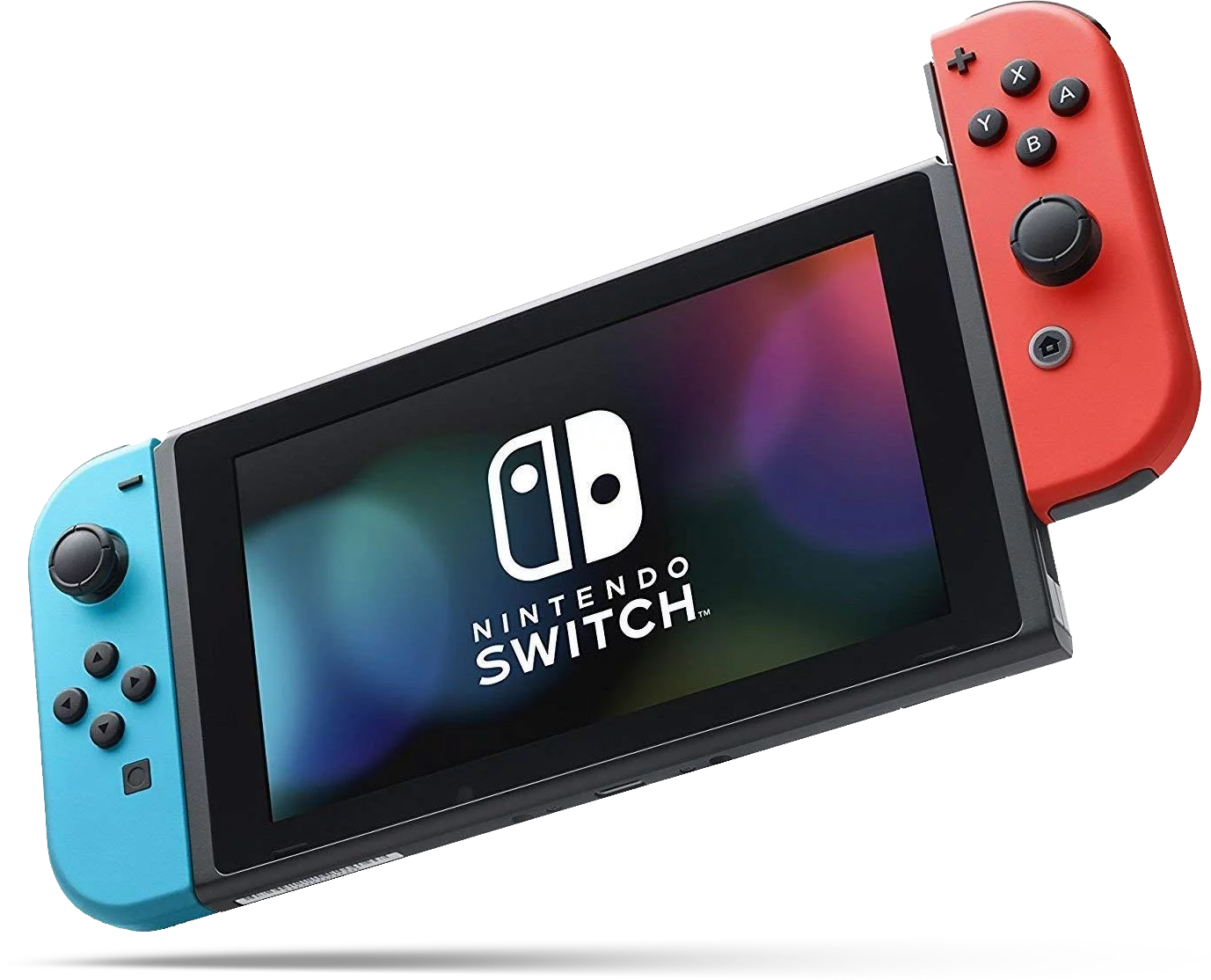Should you buy BioShock: The Collection on Nintendo Switch?
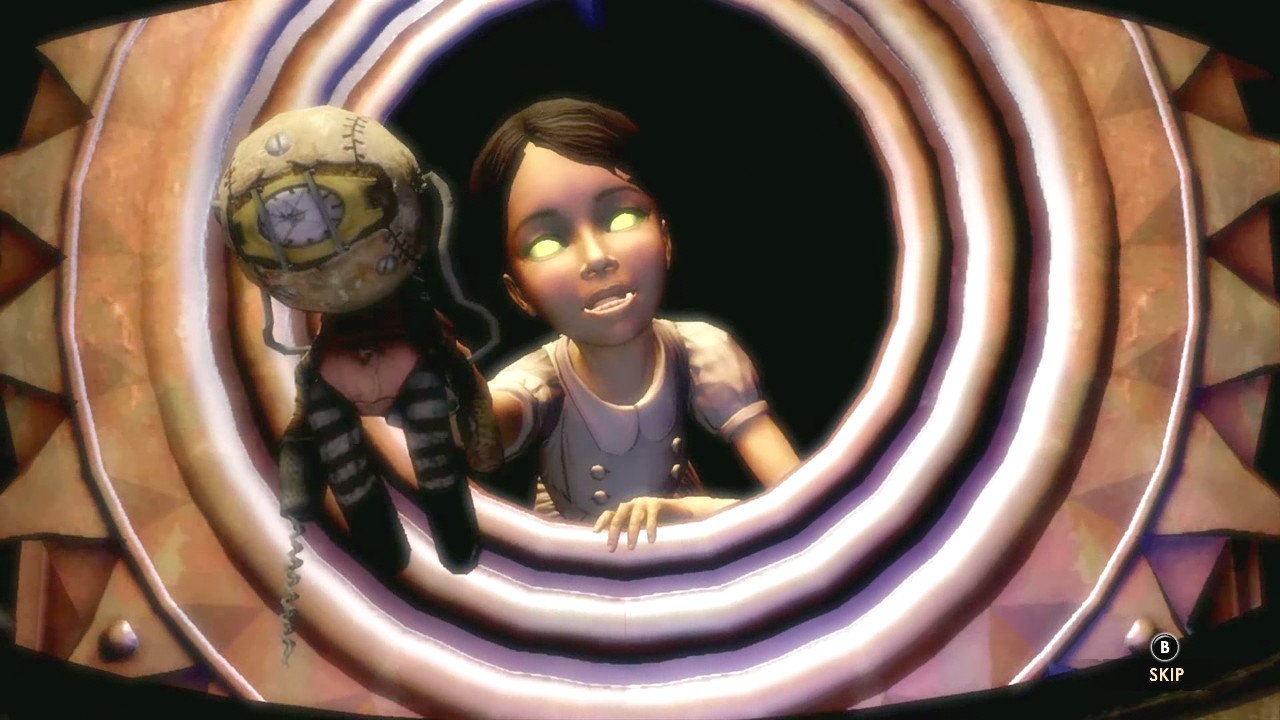
The BioShock franchise, which includes three main games and a handful of DLC adventures, are solidified in the gaming zeitgeist. They're as important to the industry as huge titles like Super Mario Bros. or World of Warcraft, for better or worse. They've been available on just about every platform except for the Switch for a while now, but they've finally made their way over with BioShock: The Collection.
I struggle recommending people pick up every Switch port since not every game plays well on the handheld hybrid platform. Are these BioShock ports worth playing though? Let's take a look.
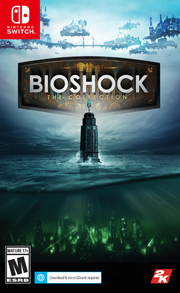
Relive it all over again or for the first time
Whether this is your first time descending into Rapture or you want to experience it on the go, BioShock: The Collection is full of solid Switch ports. Play some of the most influential games of the late 2000s.
What I liked
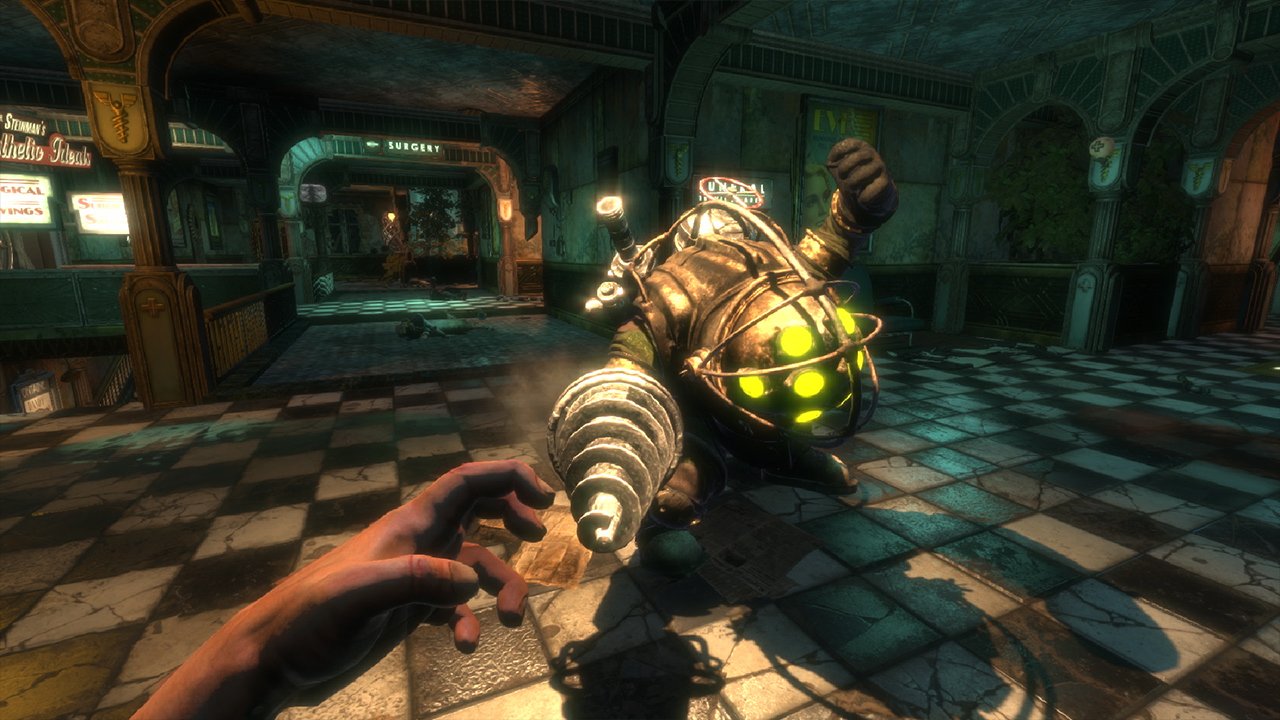
The first BioShock doesn't hold up well as a great game to play in 2020, but that's because a lot of the elements it introduced were unique for 2007. There weren't many big games made back then that subverted player choice by forcing you to choose between two moral extremes, which could then impact the ending. You were also faced with the consequences of your actions in a way that few other games had done at the time. Spoilers for a 13-year-old game, but when you find out that you had been brainwashed to do everything in the game, it makes you question your role as the player.
This is trivial now, and "ludonarrative dissonance," which describes the phenomenon of how player actions and the story clash, has, unfortunately, been tossed around too much to mean anything. However, you can't fault BioShock for being influential and experimenting, therefore leading the way for other big releases to do the same. It's just when other games follow suit it doesn't seem as iconic.
I thought the lack of gyro controls would be a dealbreaker, but I found myself not missing it, at least in the first two BioShock games.
Let's get this out of the way: BioShock 2 is one of my favorite games of all time, and the Minerva's Den DLC only heightens the already great experience. BioShock might be the more influential and well-known title of the series, but BioShock 2 takes the premise even further and makes almost every mechanic and idea better. You didn't like the pipe hacking minigame in the first one? It's gone. Did you like the section where you played as a Big Daddy? Now you have an entire game where you can bust heads as a giant hunk of metal. Did you want to see what was going on outside of Andrew Ryan in Rapture? Did you want to learn more about the Little Sisters? Here's a ton of world-building with great characters.
You can play all BioShocks on almost any other platform though. What makes the Nintendo Switch port worth buying? If you want to either play it on the go or because the Switch is your only console and you haven't played it before, then you might want to consider picking the collection up. These are three solid ports, and is a great way to check them out if you haven't yet. The graphics look great, movement is smooth, there are very few frame rate drops or bugs, and there seem to have been tweaks made to support gameplay, which is helpful since playing shooters on the Switch versus other platforms is a challenge. They all run at 1080p and 30FPS, which doesn't seem like a lot compared to other modern games, but for older games, this is more than enough and most people won't notice the difference.
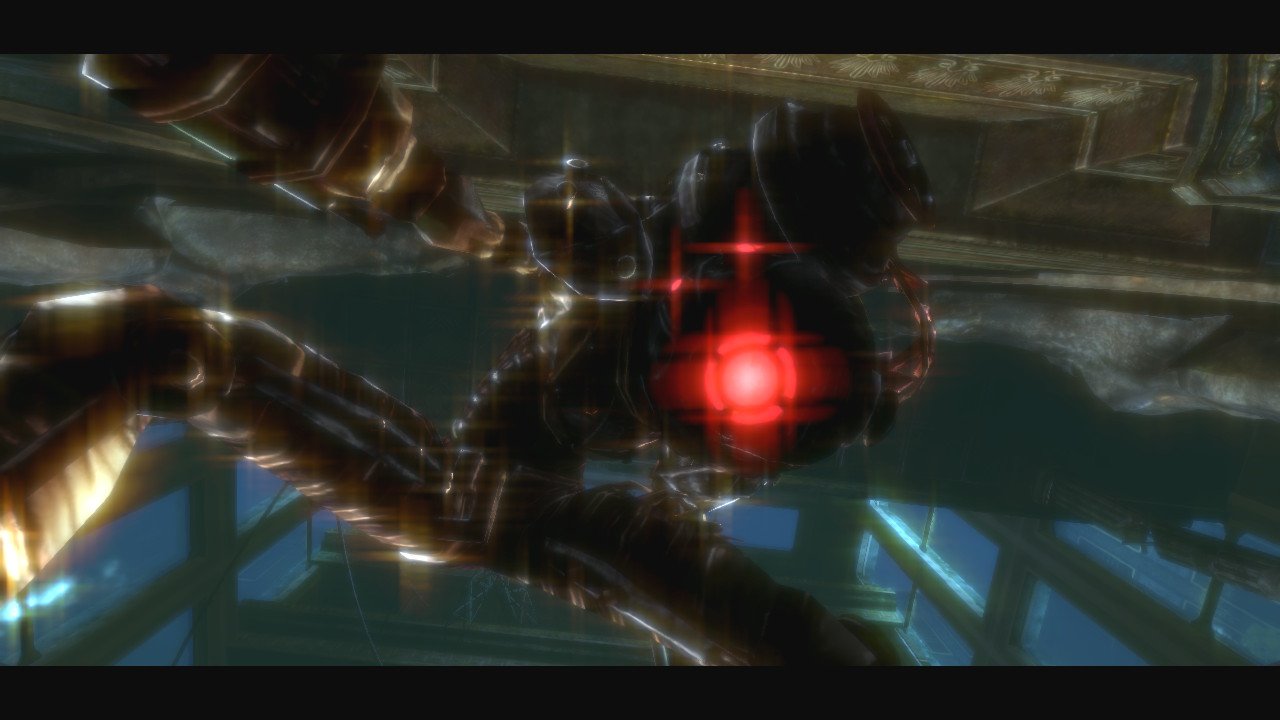
The Switch, in general, isn't the best console for shooters since aiming is difficult and any good accuracy is impossible unless you're a pro at motion controls. In case you're unaware, the Switch incorporates gyro, or motion, controls in a lot of its games. It allows players to move the console to move the view in the game. This is especially important because of the Switch's limitations as a handheld platform and it has worked wonderfully in many games. It's a controversial inclusion in some shooters, and is included with the Borderlands ports 2K also just released, but they aren't available here.
iMore offers spot-on advice and guidance from our team of experts, with decades of Apple device experience to lean on. Learn more with iMore!
I thought that would be a dealbreaker, but I found myself not missing it, at least in the first two BioShock games. Just aiming in the general direction of an enemy meant I could land a hit on one and there aren't mechanics that reward you for hitting headshots or other weak points. Switching around to your plasmids helps offset any issues you might have with shooting since you can use a lot of them to stun enemies before firing. It took some getting used to but after a couple of battles, I didn't miss gyro controls. The games are challenging, but not in a way that feels unfair.
However, there are issues with BioShock Infinite. Some tougher enemies encourage more precise shooting or have weak points you need to hit. The guns are powerful enough that you don't need to only focus on accurate shooting, but gyro controls or an easier way to look down sights or aim would've been helpful.
What I didn't like
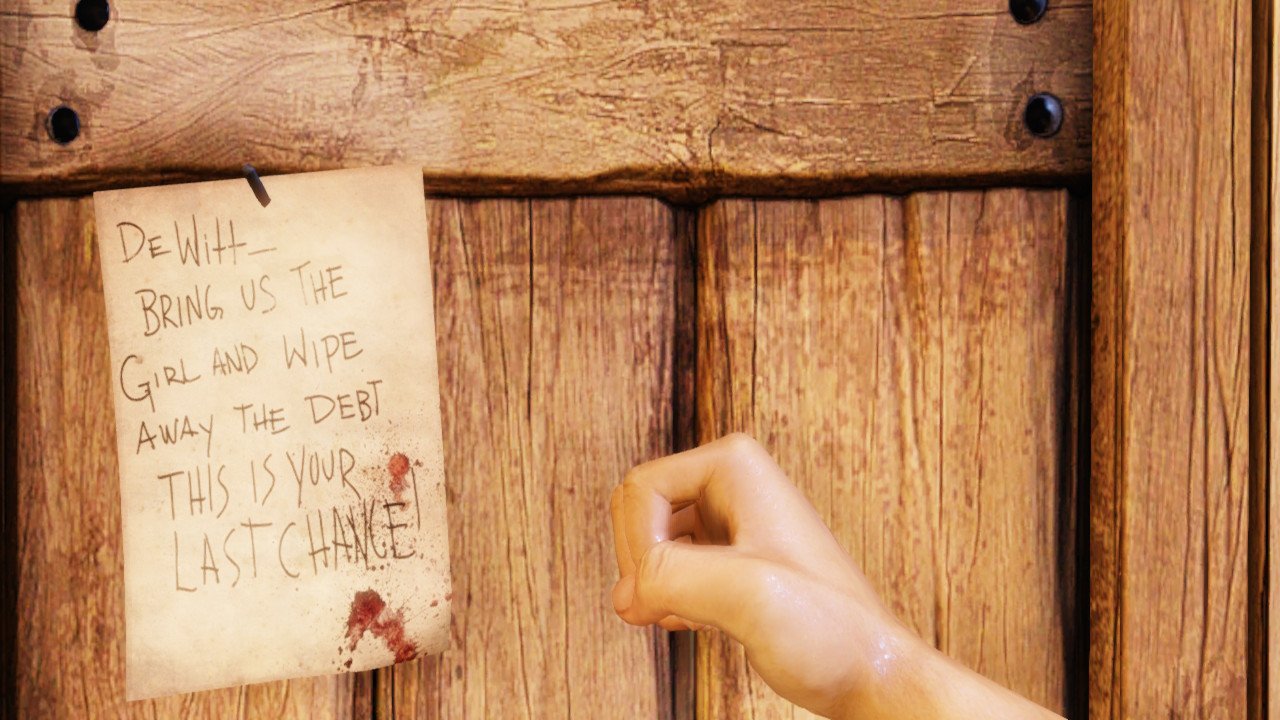
The problems arise in BioShock Infinite, the newest of the three games available in the collection. It's a huge game, coming in at over 20GB, and is the most technologically advanced. Playing the three games back to back, it's astounding how different visually the open-air world of Columbia feels versus the dingy, claustrophobic world of Rapture. While it's a linear game, there is room to explore, find side quests and secrets, and go off the beaten path. The skylines, which you can latch onto with your hook to fly around the map, are especially fun to use. This all means the game is just bigger, and sometimes the Switch has an issue handling that. Luckily, the visuals look great on the Switch, and there were few places that I experienced frame rate drops (although they do happen).
BioShock Infinite is a tough recommendation in 2020, even if you can get over some of the visual issues.
Text and subtitles are also often hard to read, even with the minimal accessibility options turned on. Since enemies are coming at you from all angles, and might even be sniping you from a balcony far away, it can sometimes take a while to target them, even with a sniper rifle equipped. I often found myself squinting at the game in handheld mode on my Switch Lite. You might have an easier time if you have a regular Switch, which has a slightly bigger screen.
Playing it on a docked Switch eases a lot of these problems. Having a much larger screen makes things like text that much easier to read or can help with spotting enemies in the distance. This isn't so much of an issue with the earlier two BioShock games because enemies are often in close quarters, but with the open arenas in Infinite, they can be far away.
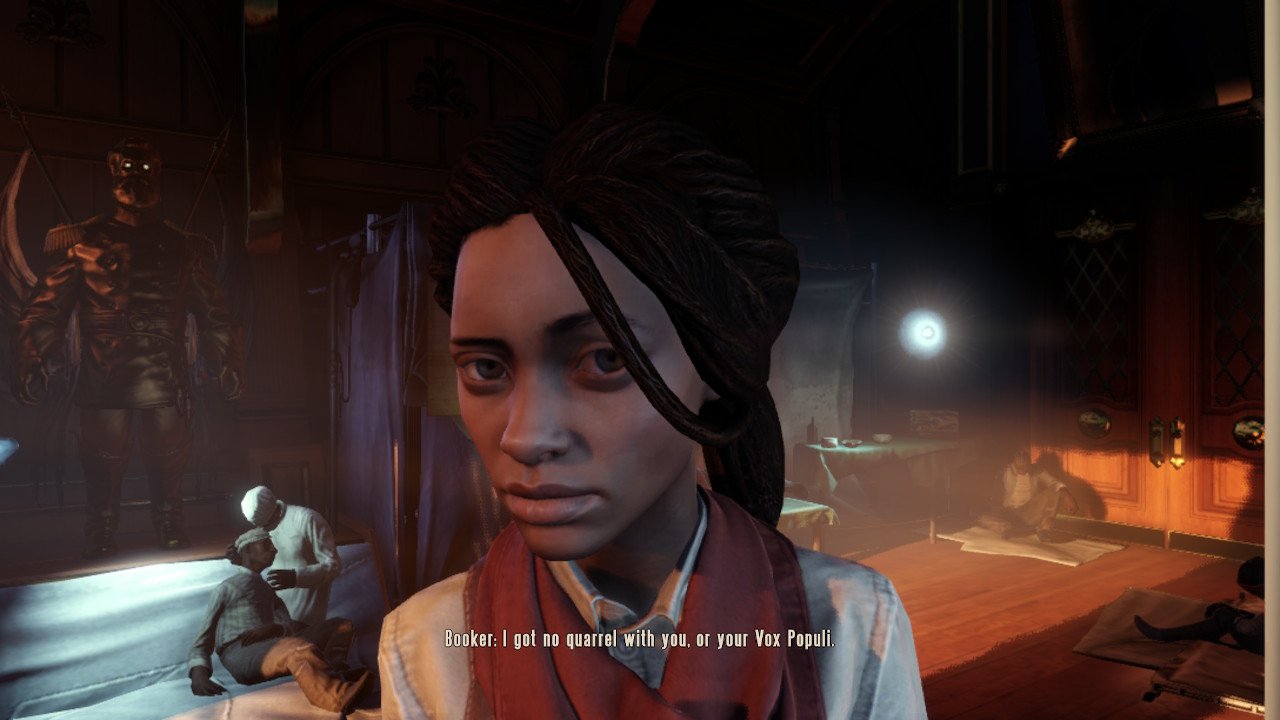
However, BioShock Infinite is a tough recommendation in 2020, even if you can get over some of the visual issues. The game was a huge success critically and financially when it came out in 2013, but you could see opinions shift as critics thought about it more. The game is intensely political, which isn't out of place for the franchise, but it takes a lot of controversial stances in its storytelling.
If you think that it's an uncomfortable game to play in 2020, especially now that racial unrest has hit basically every state in the country, you're probably correct.
There's a huge race element, for example, and the way the game goes about treating it is sometimes messy. The first major choice you have to make in the game is whether to save or help lynch an interracial couple, for example, and this incites the people of Columbia against you. Columbia, in general, is a traditionalist, racist place that worships the Founding Fathers of America and the Bible, and those interpretations lead to capitalist ideals that often target the working class and people of color, specifically black people and the Chinese.
This isn't bad in principle, but the game doesn't completely reckon with the world it created. Daisy Fitzroy, the black leader of the Vox Populi resistance movement, is described to be just as bad as the whites in power in a lot of ways, and that leads to a lot of conflicting and unfair messages about race and class. The problem with racism and bigotry is that there is a person in power that degrades the peoplehood of those without. BioShock Infinite's answer to this is that "well, all people are bad in their own way," which completely misunderstands the whole endeavor. That ties into the awful dissonance with our hero Booker DeWitt killing what feels like hundreds of people towards his goal of rescuing Elizabeth, and the racial stereotypes in characters like Chen Li.
If you think that's an uncomfortable game to play in 2020, especially now that racial unrest has hit basically every state in the country, you're probably correct.
Bottom line: Should you buy?
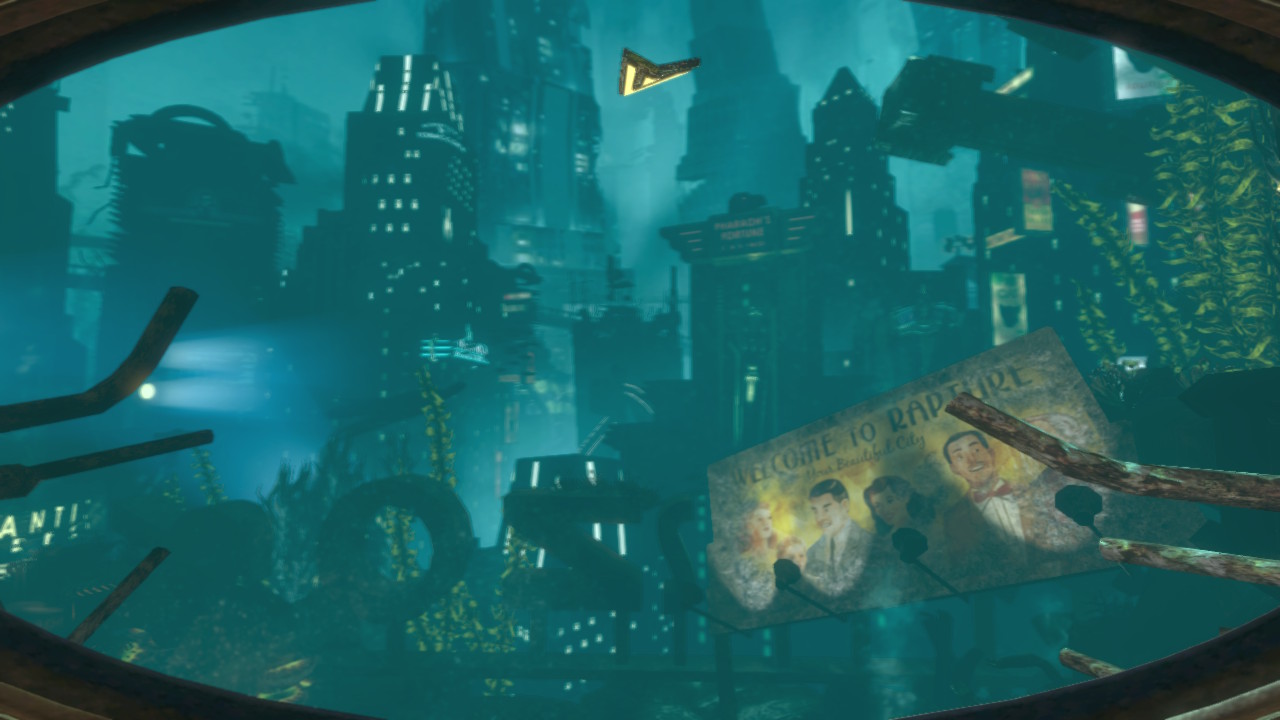
The BioShock games are iconic for a number of reasons. The first, for better or worse, made us think about how games could be used to play around with morality and interact with the player in new ways. It introduced us to Rapture, a world filled with objectivism and the consequences of class warfare, and the sci-fi achievements that supported it. BioShock 2 then improved on just about everything from the first one.
However, moving to Columbia in BioShock Infinite doesn't hold up well, especially in 2020. The messages are muddy and reek of privilege and a huge misunderstanding of what racism and bigotry actually are. It does add a huge element to the world-building elements set up in the first two games (yes, Rapture and Columbia are connected, but you have to play to find out how), and the last act is a wild, timey-wimey ride.
If you're looking for some ports of these games, whether you've never played them before or just want to play them on the go, you'll find a lot in this purchase. The ports are great, helped I'm sure by the games' ages, and playing the first two games, along with the Minerva's Den DLC, is a solid experience. BioShock Infinite? Not as much.
For the price you do get two extremely good games, and if you want to play Infinite, that's here as well. You just might want to avoid that unless you're curious.

Carli is the Gaming Editor across Windows Central, Android Central, and iMore. Her last name also will remind you of a dinosaur. Follow her on Twitter or email her at carli.velocci@futurenet.com.
